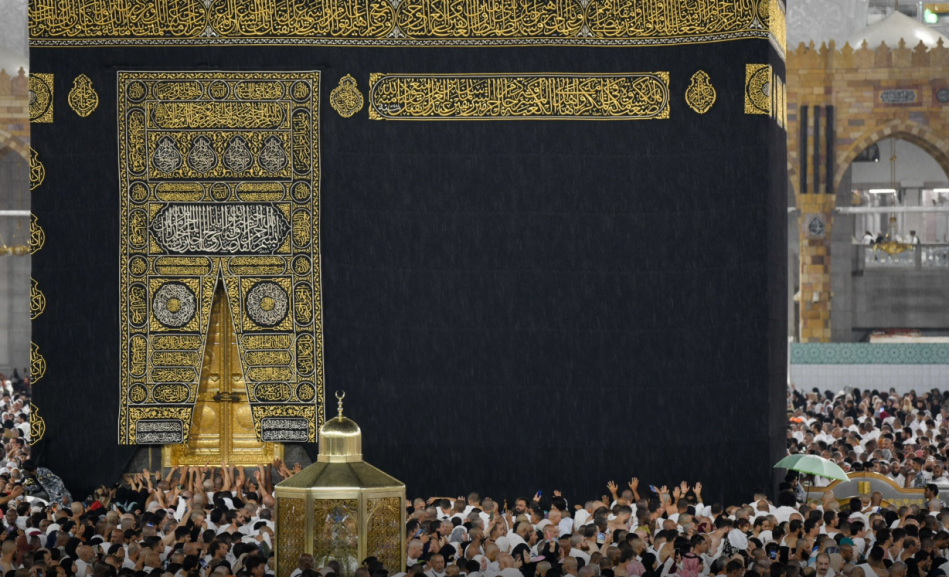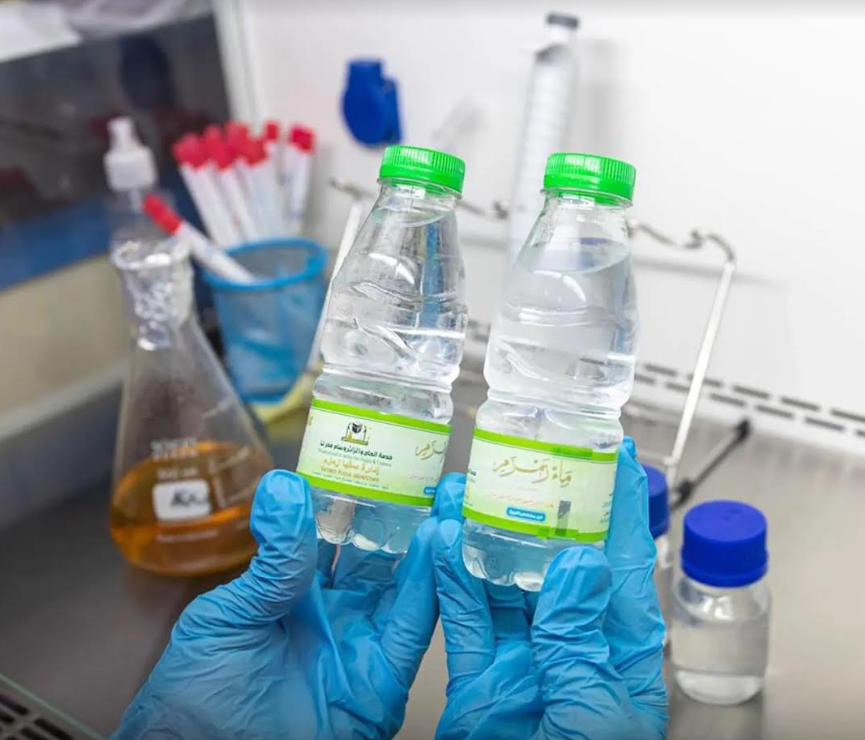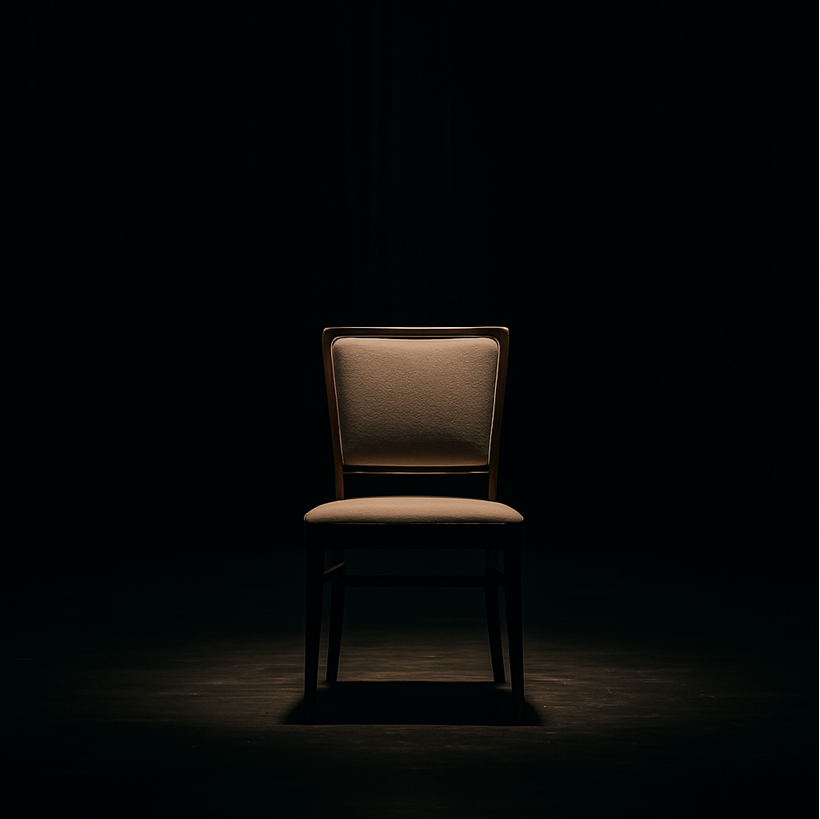Masjid Al-Haram laboratory achieves quality standards to maintain the health of the guests of mercy


The Holy Mosque Laboratory at the General Authority for the affairs of the Holy Mosque and the Prophet's mosque, is working to verify the results and analytical data to preserve the health of the guests of mercy, using several types of analysis including microbiological analysis, chemical analysis, and physical analysis.
The laboratory is based on achieving quality standards and making sure that the water is safe and free of impurities and microbes, monitoring chemical elements, monitoring the quality of dates, which are distributed in the Grand Mosque, and the quality of sterilization of surfaces.
The mechanism of water testing is through sampling the sources of water supply, namely (drinks-filling points-tanks-cooling stations), and it is checked by sterilizing the sampling place with alcohol before taking the sample, and the sample is also taken in a certain way to preserve it from external contaminants, where the sample is placed in the clipboard allocated to it until it reaches the laboratory.
The laboratory examines the meals to make sure that they are dated and not affected by external factors, and samples are taken from all the fasting people's travel that are present in the Grand Mosque, and then put them in a dedicated case, where the dates are physically examined according to (shape - color - texture), and microbiologically examined to ensure their quality.
In the examination of surfaces, samples are taken from all surfaces (carpets, drinks, stairs, etc.), microbial examination is carried out using a device measuring the percentage of contamination by instant scanning, and a swab is taken using a sterile "soap" inside a tube, so that it is kept for transfer to the laboratory in a folder dedicated for microbiological analysis.
The laboratory receives 50 samples of water and 20 samples of dates daily, while the number of examinations of surfaces ranges from 5 to 10 times, and uses many chemical devices such as: spectrophotometer, salt measuring device, PH measuring device, measuring electrical conductivity in water, in addition to microbiological devices such as: nursery device, safety cabin, water bath, distillation device, sterilization device, microscope device, measuring the percentage of contamination of surfaces, sensitive balance.



